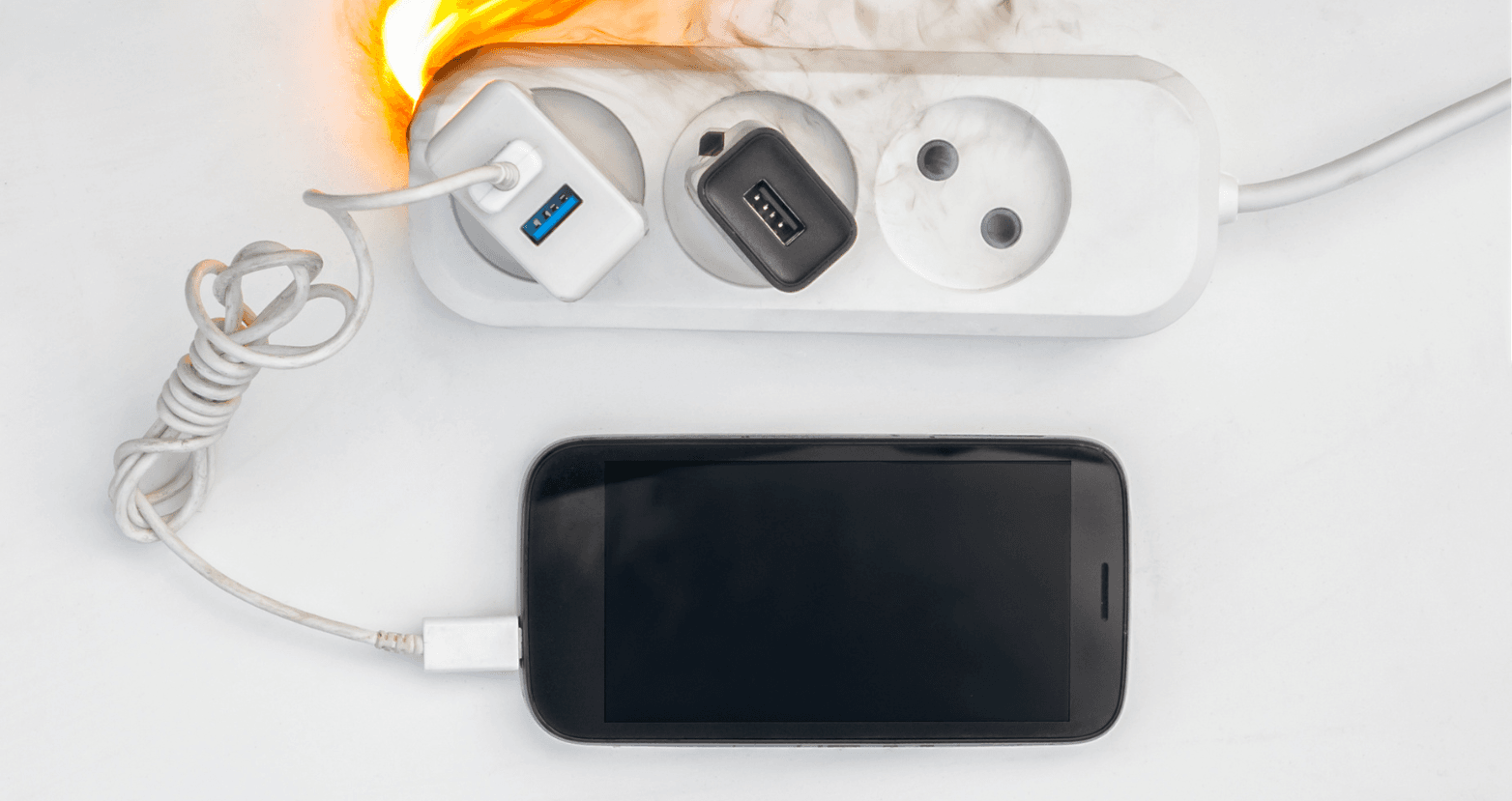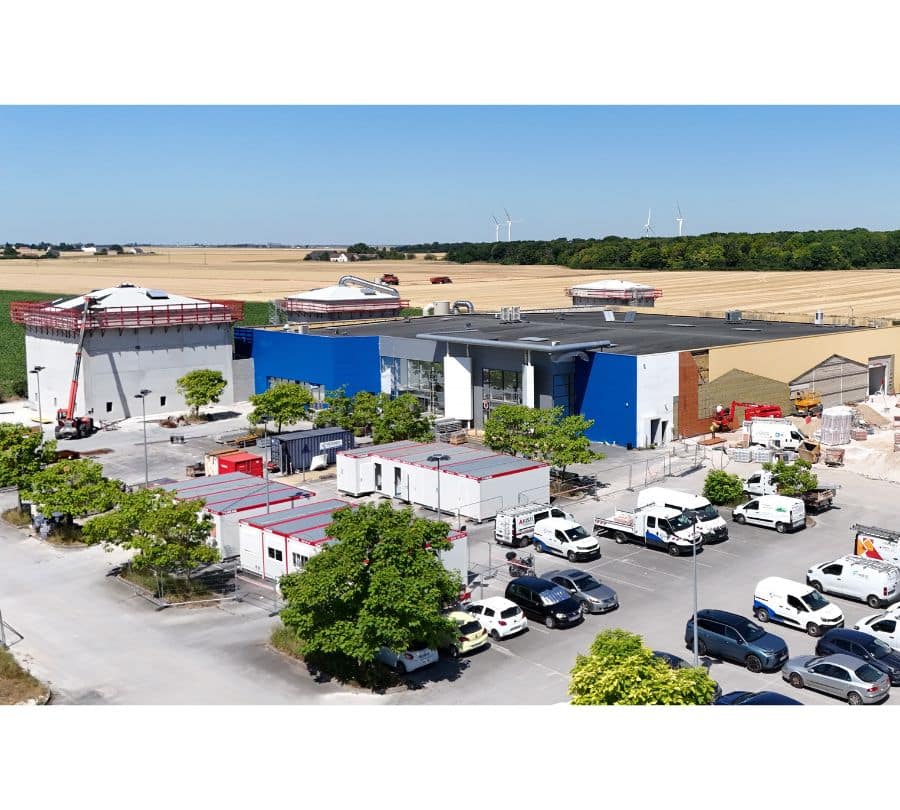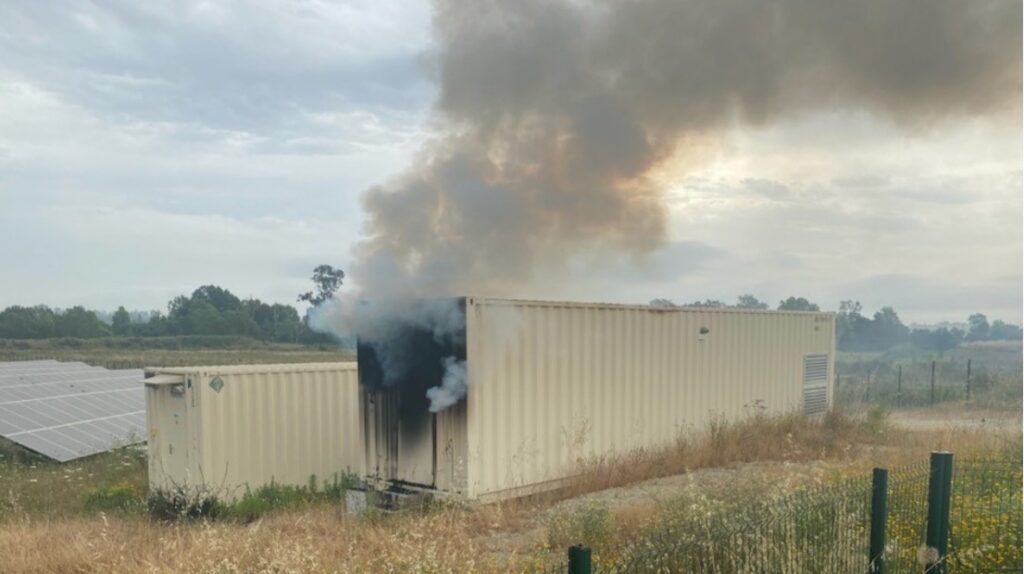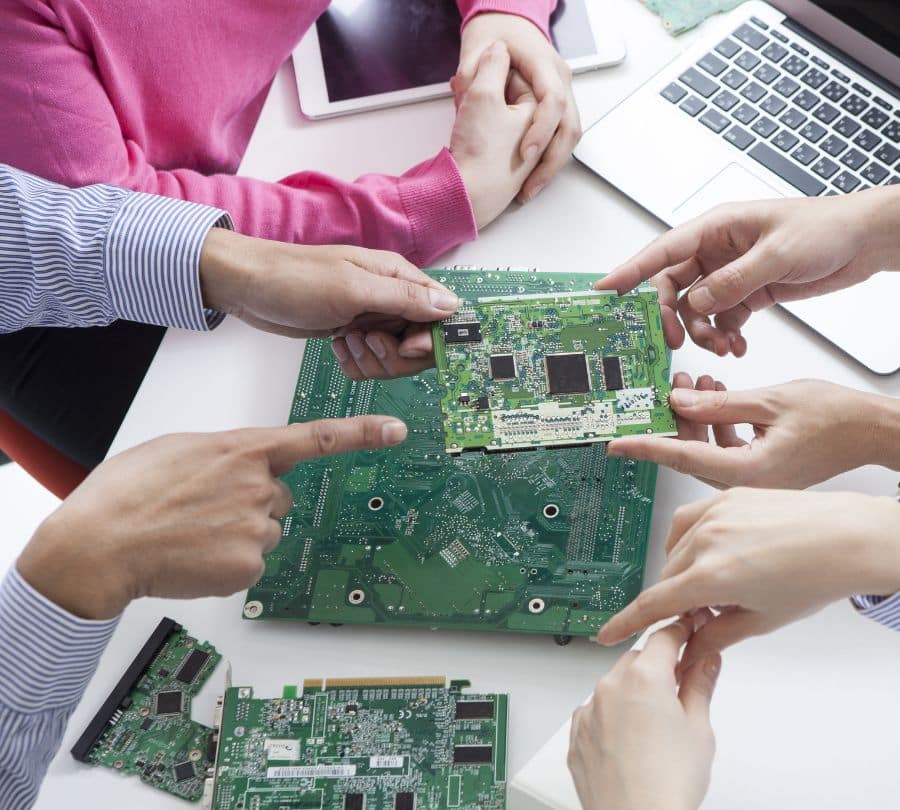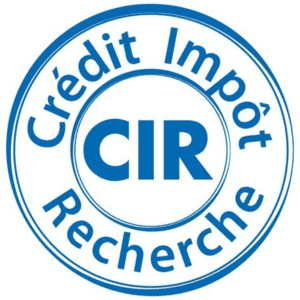Li-ion batteries are an integral part of our working environment and everyday life.
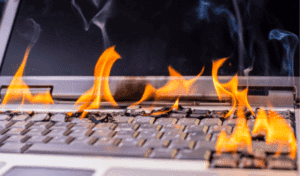
At work, you may have to handle, store or even transport products containing batteries. In some cases, you may even need to recharge them to ensure total customer satisfaction.
However, are you aware that incorrect use of a battery can lead to fires?
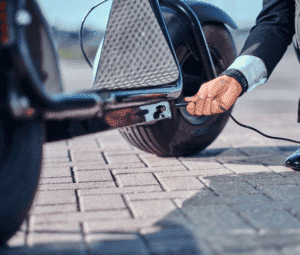
► Some fires start while the battery is being charged.
- Don’t leave your equipment charging unattended to react in the event of a fault, and in particular overheating of the battery. For example, avoid charging your electronic equipment at night.
- Strictly observe the recommended temperature range when charging. In general, do not attempt to recharge the battery at temperatures below 0°C and above 40°C. Don’t forget that if you look through glass in direct sunlight or in summer, the actual temperatures experienced by the products may be higher than the ambient temperature.
- Avoid charging your battery in the immediate vicinity of flammable materials (sofa, bed, solvents, etc.) or on a metal surface (iron table, for example). It’s very tempting to want to recharge your phone on the sofa after a day’s work.
Whether at home or at work, it’s essential to follow the common sense rules listed above, when charging!

- Avoid storage in areas exposed to heat sources above 45°C.
- If the battery heats up excessively, isolate it from any flammable material and try to cool it down.
- If smoke is released, do not stay near the battery, which could catch fire at any moment. Simply try to isolate it as quickly as possible to prevent it spreading to the immediate environment.
At home and at work, it’s crucial to learn how to react in the event of an accident and to have the necessary tools to avoid major disasters, such as accidents in battery storage warehouses for example!
► Batteries can gradually swell as they age, usually after 1 or 2 years depending on use. If this happens:
- Do not recharge it again,
- Isolate the battery in a place free of flammable materials and check that it is not hot,
- Transport the battery to a waste centre, isolating the terminals if possible,
- Replace the battery.
Whether at home or at work, it is essential to put in place the necessary procedures to prevent a seemingly harmless swelling from turning into a fire!
SERMA Technologies supports its customers at every stage of the process through training, safety audits and best practice guides to minimise the risk of fire.
This approach enables our customers to draw on our expertise to help them put in place effective procedures both on their industrial site and during battery transport. This knowledge and good practice can be transferred to the home to protect the whole family.
Although numerous controls are in place, manufacturing errors or quality defects can play a major role in increasing the risk of fire.

